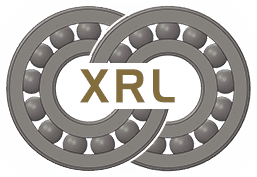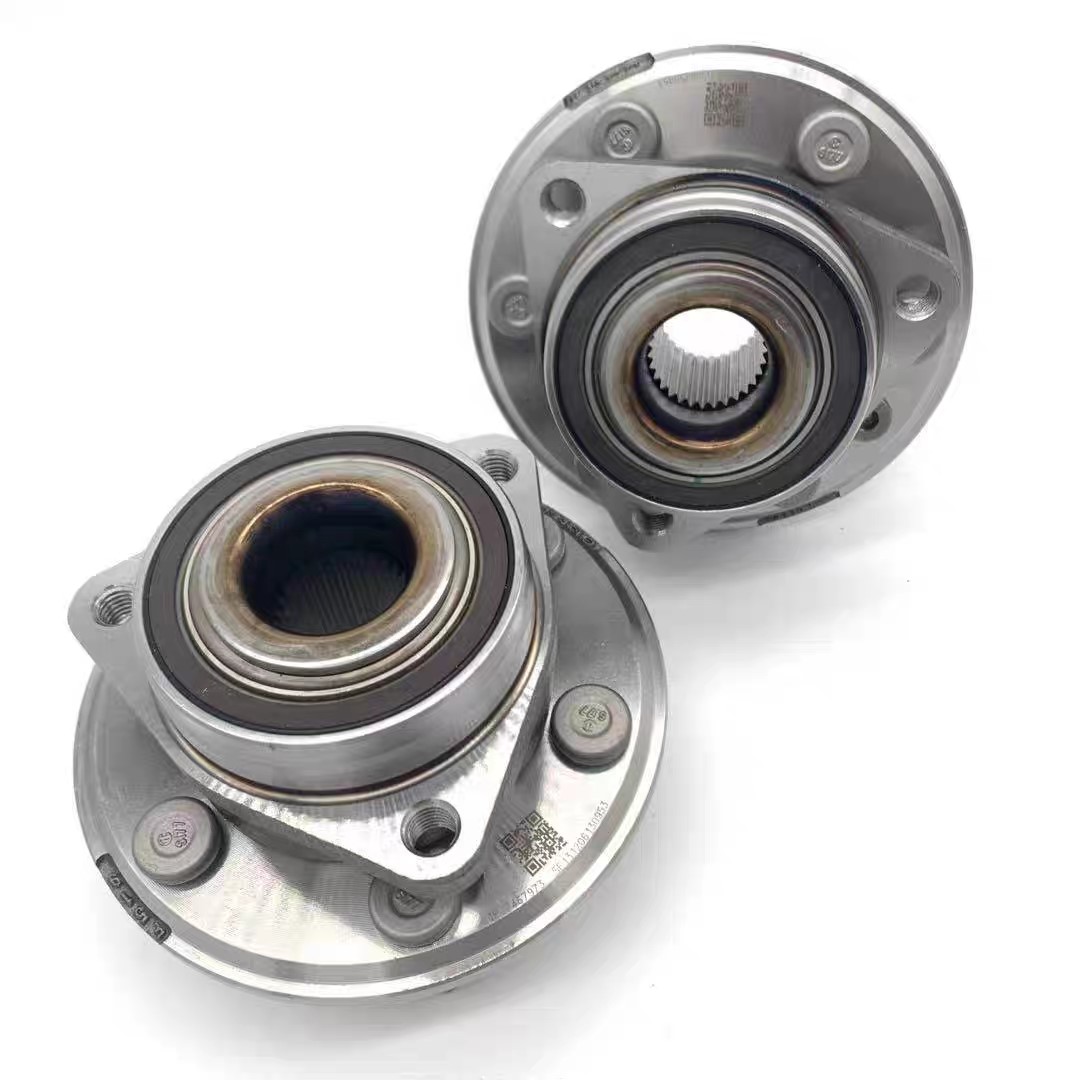In the past, most car wheel bearings used single-row tapered roller or ball bearings in pairs. With the development of technology, cars have widely used car hub units. The use range and amount of hub bearing units are increasing day by day, and now it has developed to the third generation: the first generation is composed of double row angular contact bearings. The second generation has a flange on the outer raceway for fixing the bearing, which can simply fit the bearing on the wheel shaft and fix it with nuts. Makes car maintenance easier. The third-generation hub bearing unit uses the combination of the bearing unit and the anti-lock brake system. The hub unit is designed to have an inner flange and an outer flange, the inner flange is bolted to the drive shaft, and the outer flange mounts the entire bearing together.
Worn or damaged hub bearings or hub units can cause inappropriate and costly failure of your vehicle on the road, or even damage your safety. Please pay attention to the following items in the use and installation of hub bearings:
1. In order to ensure maximum safety and reliability, it is recommended that you always check the hub bearings regardless of the age of the vehicle – pay attention to whether the bearings have early warning signs of wear: including any friction noise during rotation or suspension combination wheels. Unusual deceleration when turning.
For rear-wheel drive vehicles, it is recommended that the front wheel hub bearings be lubricated when the vehicle has driven to 38,000 kilometers. When replacing the brake system, check the bearings and replace the oil seal.
2. If you hear the noise from the hub bearing, first of all, it is important to find the location where the noise occurs. There are lots of moving parts that could be generating noise, or some rotating parts making contact with non-rotating parts. If it is confirmed that the noise is in the bearings, the bearings may be damaged and need to be replaced.
3. Because the working conditions of the front wheel hub leading to the failure of the bearings on both sides are similar, even if only one bearing is broken, it is recommended to replace it in pairs.
4. Hub bearings are sensitive, and in any case, correct methods and suitable tools are required. In the process of storage, transportation and installation, the parts of the bearing must not be damaged. Some bearings require greater pressure to press in, so special tools are required. Be sure to refer to the car manufacturer’s manual.
5. The bearing should be installed in a clean and tidy environment. The entry of fine particles into the bearing will also shorten the service life of the bearing. It is very important to maintain a clean environment when replacing bearings. It is not allowed to hit the bearing with a hammer, and be careful not to drop the bearing on the ground (or similar mishandling). The condition of the shaft and housing should also be checked before installation, as even minor wear can lead to poor fit and premature failure of the bearing.
6. For the hub bearing unit, do not try to disassemble the hub bearing or adjust the sealing ring of the hub unit, otherwise the sealing ring will be damaged and water or dust will enter. Even the raceways of the sealing ring and the inner ring are damaged, resulting in permanent failure of the bearing.
7. There is a magnetic thrust ring inside the sealing ring equipped with ABS device bearings. This thrust ring cannot be bumped, impacted or collided with other magnetic fields. Take them out of the box before installation and keep them away from magnetic fields such as motors or power tools used. When installing these bearings, change the operation of the bearings by observing the ABS alarm pin on the instrument panel through a road test.
8. For hub bearings equipped with ABS magnetic thrust rings, in order to determine which side the thrust ring is installed on, you can use a light and small object close to the edge of the bearing, and the magnetic force generated by the bearing will attract it. When installing, point the side with the magnetic thrust ring inwards, facing the sensitive components of the ABS. Note: Improper installation may result in failure of the brake system.
9. Many bearings are sealed, and this type of bearing does not need to be greased throughout its life. Other unsealed bearings such as double row tapered roller bearings must be lubricated with grease during installation. Because the inner cavity of the bearing is different in size, it is difficult to determine how much grease to add. The most important thing is to ensure that there is grease in the bearing. If there is too much grease, the excess grease will leak out when the bearing rotates. General experience: When installing, the total amount of grease should account for 50% of the clearance of the bearing.
10. When installing the lock nut, due to the difference in bearing type and bearing seat, the torque varies greatly. Pay attention to the relevant instructions.
Post time: Mar-28-2023

